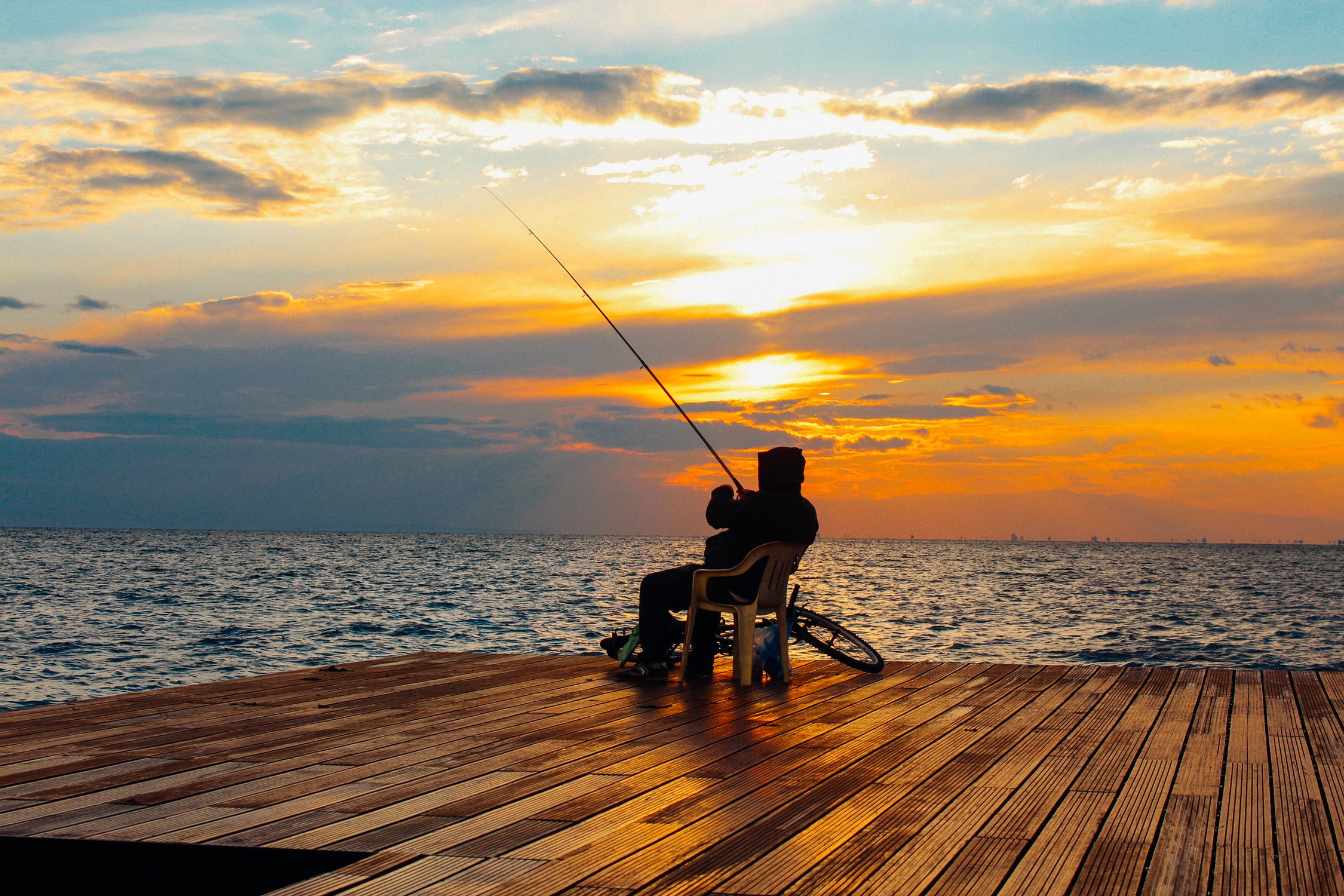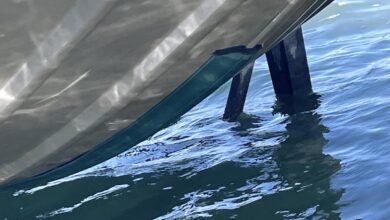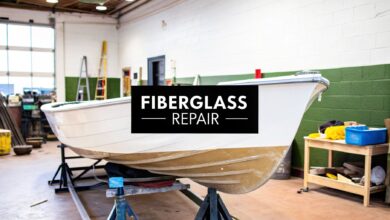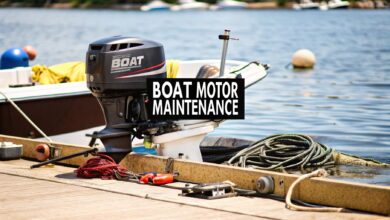
Getting into wakeboarding is all about having the right gear. Your first setup is your ticket to a great time on the water. It boils down to a few core pieces: a wakeboard, bindings, a rope, and safety items.
These components are your foundation for learning, progressing, and staying safe.
Your Essential Wakeboarding Gear Checklist
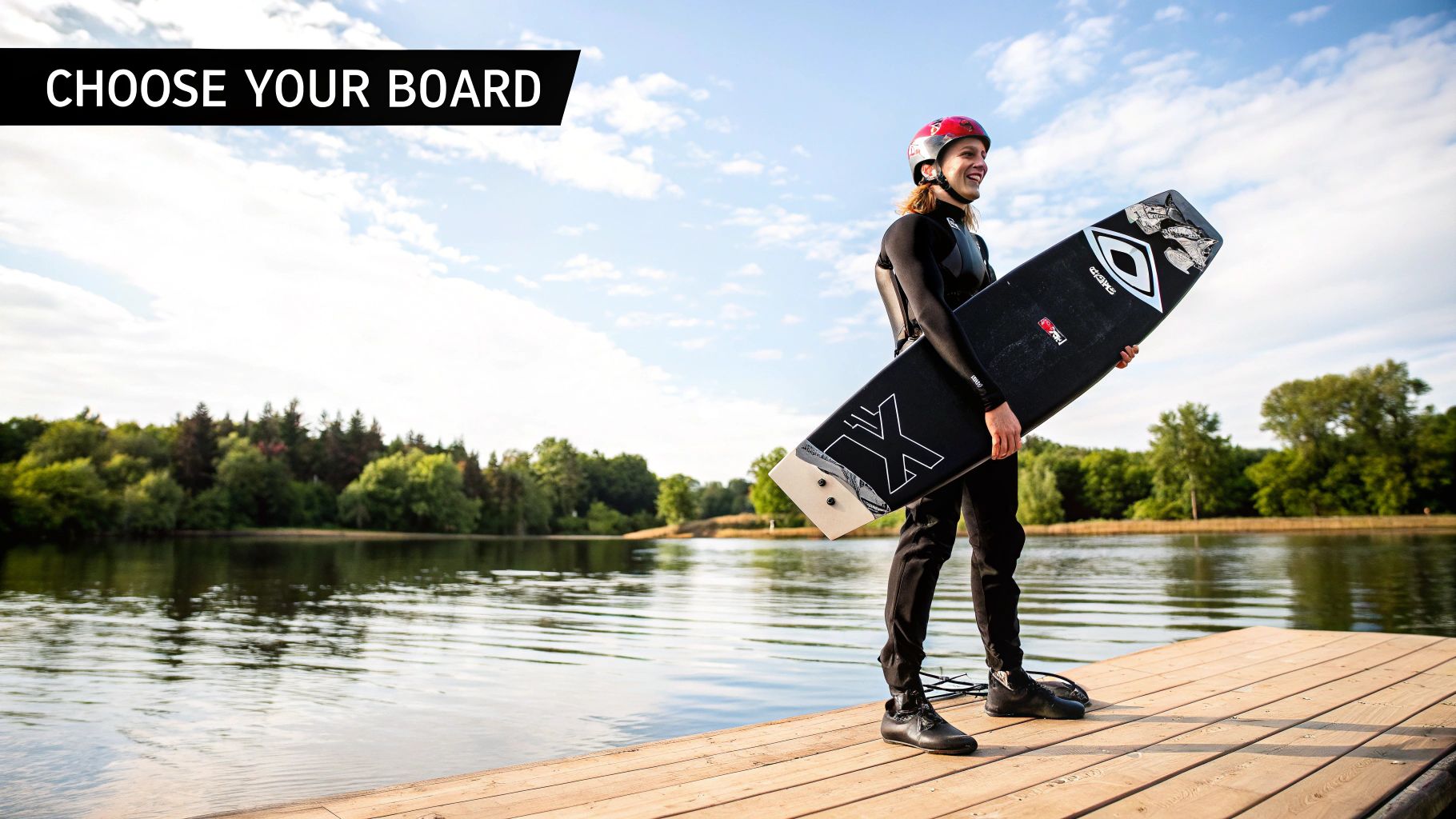
It’s best to think of your wakeboarding gear as a complete system. Every part has a crucial job. The board connects you to the water, the bindings give you control, and the rope pulls you.
This guide is here to break it all down for you, piece by piece. We'll dive into what to look for when choosing your equipment. By the end, you’ll have the confidence to assemble your first wakeboarding setup.
Core Gear And Beyond
Different water sports have their own essential kits. For instance, you might be curious about the gear for other water sports like snorkeling. For our purposes, let’s get straight to the wakeboarding must-haves.
To help you get a quick overview, here's a simple table summarizing the essential equipment.
Core Wakeboarding Equipment at a Glance
| Equipment | Primary Purpose | Key Consideration |
|---|---|---|
| The Wakeboard | Platform for riding on the water's surface. | Sizing is based on your weight and skill level. |
| Bindings | Secure your feet to the board for control and leverage. | Comfort and a snug fit are crucial for performance. |
| Rope & Handle | Connects you to the boat, transferring its pull. | A non-stretch rope provides a consistent pull. |
| Safety Gear | Protects you from injury and keeps you afloat. | A Coast Guard Approved vest is a must-have. |
This table covers the absolute essentials. As we go through this guide, we'll explore each item in more detail. This will help you make informed choices for your own gear.
How to Choose the Right Wakeboard
Your wakeboard is your ride and your connection to the water. Getting the right one is a game-changer for how much fun you have. It’s like picking skis or a snowboard; your weight and style are crucial.
The first thing to lock in is the board length, which is based on your body weight. Longer boards have more surface area, making them more stable and forgiving for beginners. Shorter boards are more nimble for turns and tricks once you improve.

A snug fit in your bindings gives you direct control over the board. That locked-in feeling lets you steer and maneuver effectively. If you're curious, get an overview of the best water sports equipment to see how it all fits together.
Understanding Board Rocker
Beyond size, you need to look at the board's profile, or what we call its rocker. This is the curve of the board from tip to tail. It completely changes how the board feels on the water.
A continuous rocker has one smooth, gentle curve. This shape delivers a fluid, predictable ride and makes landings feel much softer. It's fantastic for carving smooth, flowing turns.
In contrast, a 3-stage rocker is built with three distinct planes: a flat section in the center and two angled sections at the tip and tail. This design acts like a launching pad off the wake, giving you a much more aggressive, explosive pop for big air tricks.
Finally, look at the bottom of the board. Some have a smooth base for speed, while others have molded-in channels or fins. These features act like rudders, giving you extra grip and stability.
Finding the Perfect Wakeboard Bindings
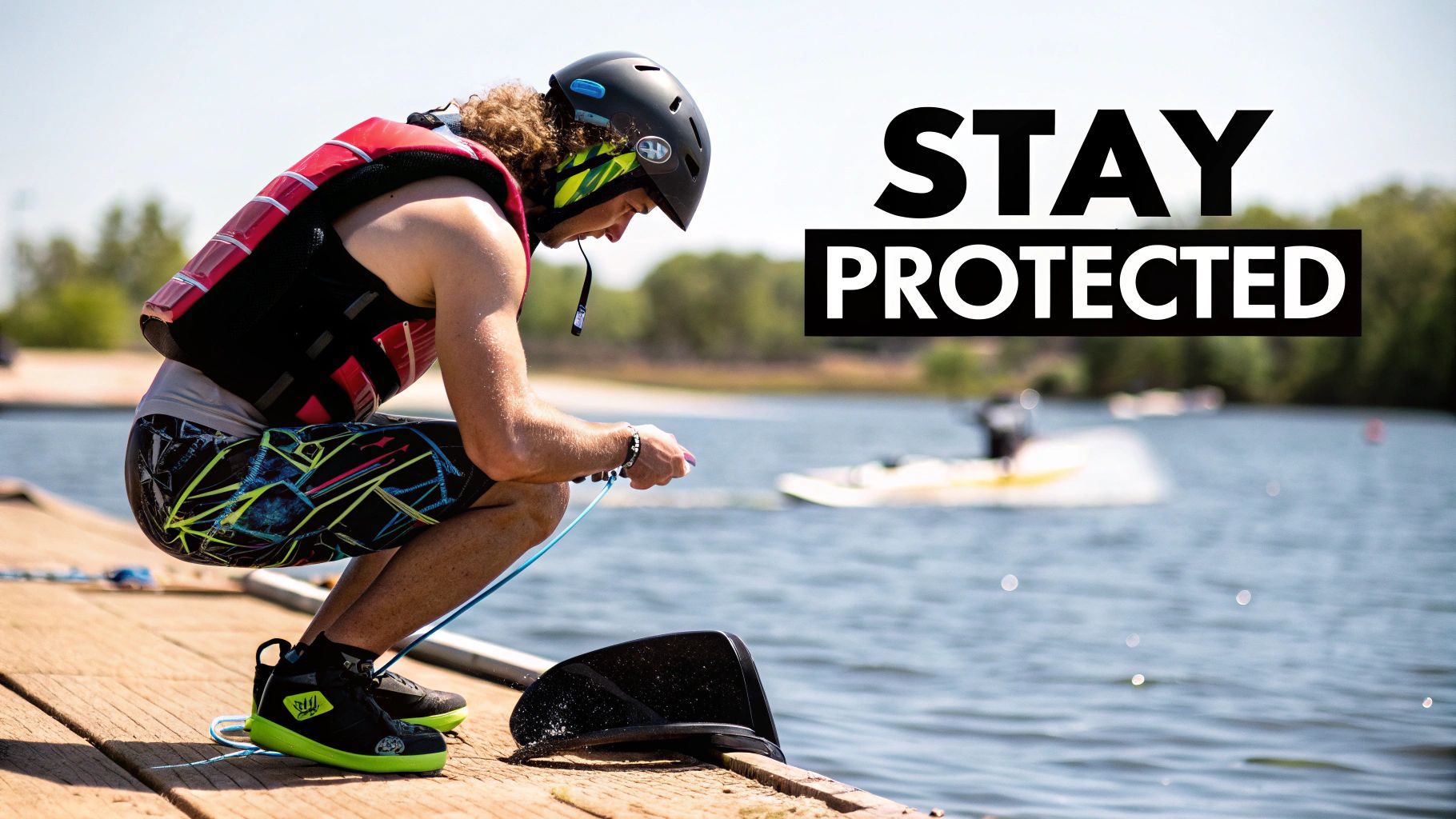
Think of bindings as the steering wheel for your wakeboard. They are the crucial connection that translates your body’s movement to the board. A weak link here means less control and sluggish response.
Choosing the right bindings is about finding a balance of comfort, support, and responsiveness. A great fit helps you ride better and is a massive factor in your safety. Loose bindings can let your foot slip, while tight ones are painful.
The goal is a binding that hugs your foot securely without creating uncomfortable pressure points. I always tell people to think of it like a firm handshake—strong and reliable, but not a bone-crushing grip. That's the feeling that lets you know you're truly connected to your board.
Open-Toe vs. Closed-Toe Designs
Your first big decision is whether to go with an open-toe or a closed-toe design. The right choice comes down to who’s riding and what you want.
-
Open-Toe Bindings: These are highly versatile. Because they’re open at the front, they can comfortably fit a wide range of foot sizes. This makes them a fantastic choice for a family boat or a group of friends.
-
Closed-Toe Bindings: These offer a ride that feels custom-made. Sized just like regular shoes, they provide a precise, snug fit for maximum control. As a bonus, they also keep your feet warmer in chilly water.
Choosing Your Rope and Handle
Your rope and handle are your direct connection to the boat's power. It’s the lifeline that translates the boat's pull into energy on the water. Picking the right one is a bigger deal than you might think.
The most important thing to look for is a non-stretch rope. You need a solid, consistent pull to dig in your edge and get pop for tricks. Specialized materials like Dyneema or Spectra are the go-to choices for this.
Never use a waterski rope for wakeboarding. Those are designed to stretch, creating a dangerous "slingshot" effect. This results in an unpredictable, jarring pull that makes control difficult.
Finding the Right Rope Length
Rope length is your secret weapon for shaping the wake. It directly controls where you ride and what kind of pop you get.
-
Shorter Ropes: A shorter line, around 65 feet, puts you in the narrowest part of the wake. For beginners, this is perfect. It gives you a clean, crisp ramp that's easier to learn to jump.
-
Longer Ropes: As you get more comfortable, you can let the rope out. A longer line puts you in the wider, more forgiving part of the wake. This gives you more airtime but demands more power to clear the wake.
The beauty of most modern wake ropes is that they come in removable sections. This lets you experiment on the fly. Start short, and add sections as you feel more confident.
The sport's growth means more specialized gear is hitting the market. You can discover more about the global wakeboard market trends to see how big wakeboarding has become.
Your Most Important Gear: Vests and Helmets
Let’s be real for a second. Your gear isn't just about looking cool—it’s about staying safe. A good life vest and a solid helmet are your best friends on the water.
They give you the confidence to push yourself. You'll know you have a backup plan if things go sideways. Making the right choice in a vest is a huge first step.
Vest Types Explained
First up is the U.S. Coast Guard Approved (USCGA) life vest. This vest prioritizes flotation over performance. Its main job is to keep you floating, which is crucial for all riders.
Then you have the competition-style impact vest. These are built for mobility and protection from hard slams. They're thinner and more flexible, but offer less buoyancy than a USCGA vest.
A significant characteristic shaping the wakeboarding equipment market is the ongoing innovation in product design and materials. Key players are spearheading research on advanced materials like carbon fiber. You can read more about these wakeboarding equipment market trends.
If you’re just starting out, a USCGA vest is the way to go. For other boat activities, our guide on how to pick inflatable life vests might be useful.
Don’t forget the helmet. Hitting the water at 20 mph feels like hitting concrete. A proper watersports helmet is designed to handle impact and stay put.
Essential Maintenance for Your Gear
You’ve invested in the perfect wakeboarding setup. Now, let's talk about keeping it in prime condition. Proper maintenance is what makes gear last for years.
Think of it this way: you wouldn't drive a car without changing the oil. The same principle applies here. A little care after each session goes a long way.
Caring for Your Wakeboard and Bindings
Your board and bindings need a little TLC. The most important step is to rinse them with fresh water after every session. This washes away salt, minerals, and algae that can degrade materials.
Once rinsed, wipe everything with a towel and store it in a cool, dry spot.
Always keep your board out of direct sunlight when not in use. UV rays are the enemy of a good board. They can cause the layers to separate, a process called delamination, which ruins the board.
Don't forget to inspect your bindings periodically. Check for loose screws, worn padding, or frayed straps. Keeping them secure is vital for your control and safety.
Inspecting Your Rope and Handle
Your rope and handle are your lifeline to the boat. Before you get in the water, run your hands along the rope. Feel for any frays, knots, or flat spots, which are signs of weakness.
The handle deserves a quick check too. Look for cracks or excessive wear on the grip. After riding, you might want to use a grill; learn how to pick a marine grill to round out your setup.
Common Questions About Wakeboarding Gear
It's normal to have questions when getting kitted out for wakeboarding. Let's tackle some common ones from new riders.
What Size Board Should I Get?
Figuring out the right board size boils down to one thing: your weight. Every board manufacturer provides a size chart, which is your best starting point.
If you are between two sizes, always go slightly larger. A bigger board offers more surface area and stability. This is a huge help when you're learning.
Can I Just Use a Waterski Rope?
I get this question a lot, and it's a firm no. A waterski rope is designed to stretch. For a wakeboarder, that stretch creates a jerky, inconsistent pull.
You'll want a dedicated wakeboard rope with almost no stretch. This gives you the steady tension needed for control.
Open-Toe or Closed-Toe Bindings?
This choice comes down to versatility versus performance.
- Open-toe bindings are the go-to for a shared setup. They can accommodate a wider range of foot sizes. They're perfect when multiple riders use the same board.
- Closed-toe bindings are all about a precise fit. This snug fit gives you maximum control and responsiveness. This is what more experienced riders look for.
For more expert guides on everything from safety to accessories, explore the resources at Boating Articles. Find all the answers you need at https://boating-articles.com.
